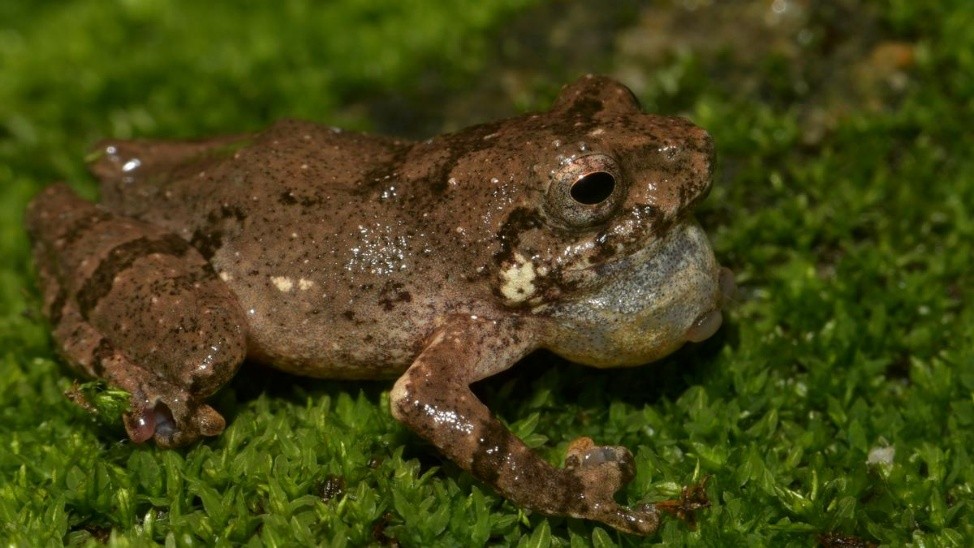




Disclaimer: Copyright infringement not intended.
The analysis, ‘Female Moths Incorporate Plant Acoustic Emissions into Their Oviposition Decision-Making Process’ observed that Moths can hear sounds emitted by plants and rely on them to choose on which plant to lay their eggs.
Moths are a group of insects that includes all members of the order Lepidoptera that are not butterflies.
Moths make up the vast majority of the order.
There are approximately 160,000 species of moth.
Most species of moth are nocturnal, although there are also crepuscular and diurnal species.
NOTE- Diurnality is a form of plant and animal behavior characterized by activity during daytime, with a period of sleeping or other inactivity at night. The common adjective used for daytime activity is "diurnal".
They are Highly adapted and live in all but polar habitats.
Moth antennae are often feathery, unlike the thin and clubbed antennae of butterflies. Commonly classified diurnal animals include mammals, birds, and reptiles.
Moth larvae, or caterpillars, make cocoons from which they emerge as fully grown moths with wings.
Some moth caterpillars dig holes in the ground, where they live until they are ready to turn into adult moths.
Nocturnal insectivores often feed on moths; these include some bats, some species of owls and other species of birds.
Moths also are eaten by some species of lizards, amphibians, cats, dogs, rodents, and some bears.
Moth larvae are vulnerable to being parasitized by Ichneumonidae.
Some moths, particularly their caterpillars, can be major agricultural pests in many parts of the world. Examples include corn borers and bollworms.
Several moths in the family Tineidae are commonly regarded as pests because their larvae eat fabric such as clothes and blankets made from natural proteinaceous fibers such as wool or silk.

Source:
|
PRACTICE QUESTION Q.Consider the following statements about moths:
Which of the statements given above is/are correct? (a) 1 and 2 only (b) 2 and 3 only (c) 1 and 3 only (d) 1, 2, and 3 Answer: a Explanation: Statement 1 is correct: Moths have a more primitive evolutionary history compared to butterflies. Statement 2 is correct: Moths are generally nocturnal, while butterflies are diurnal. Statement 3 is incorrect: Moths are often attracted to light, unlike butterflies which are not typically attracted to light. |











© 2025 iasgyan. All right reserved